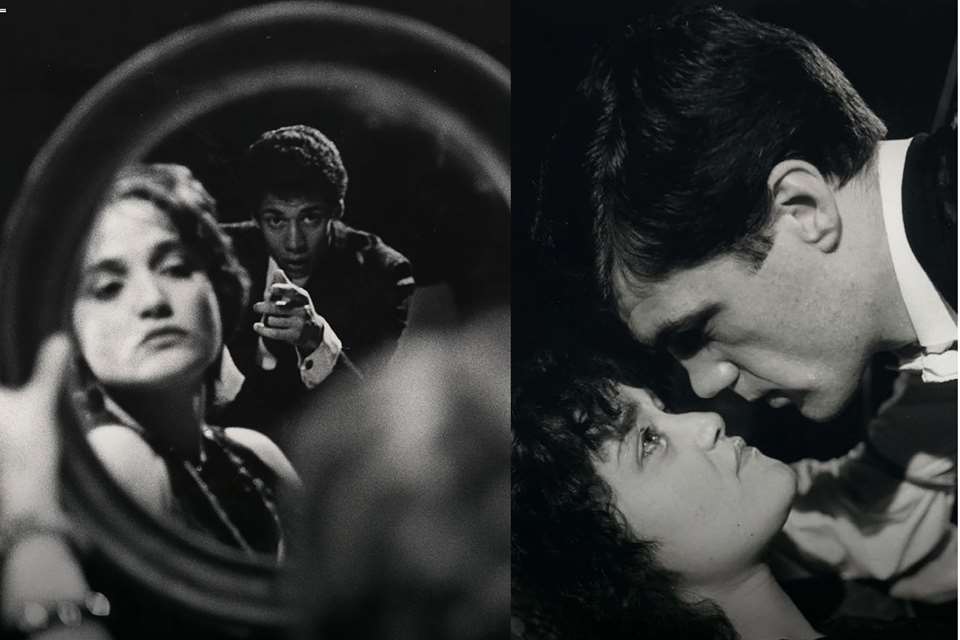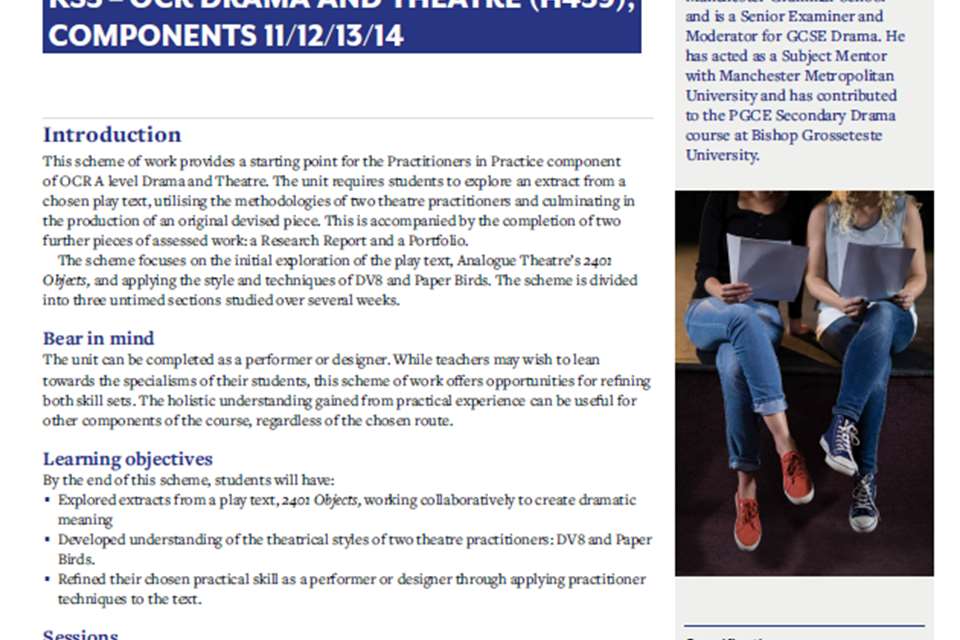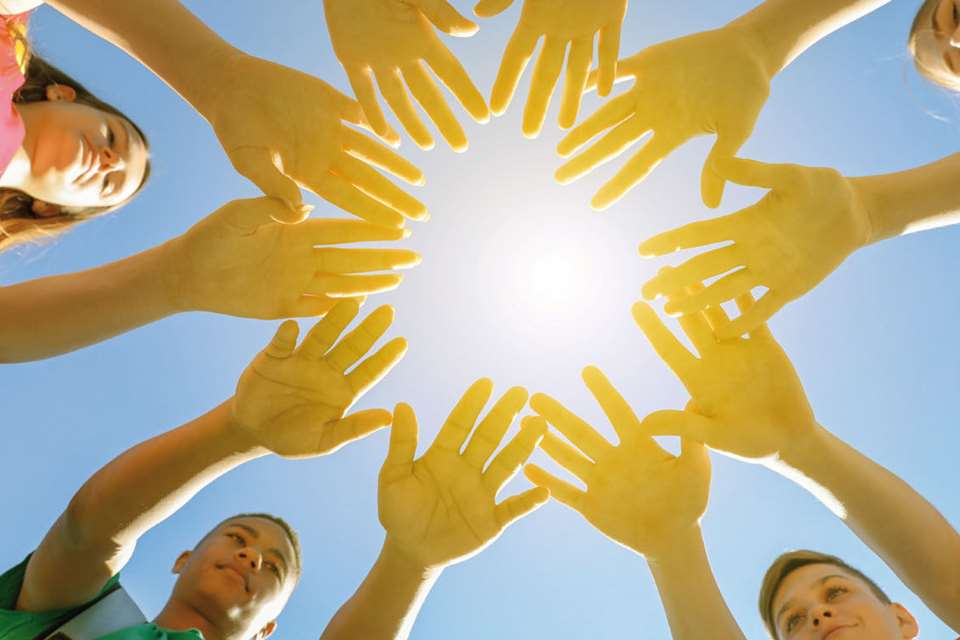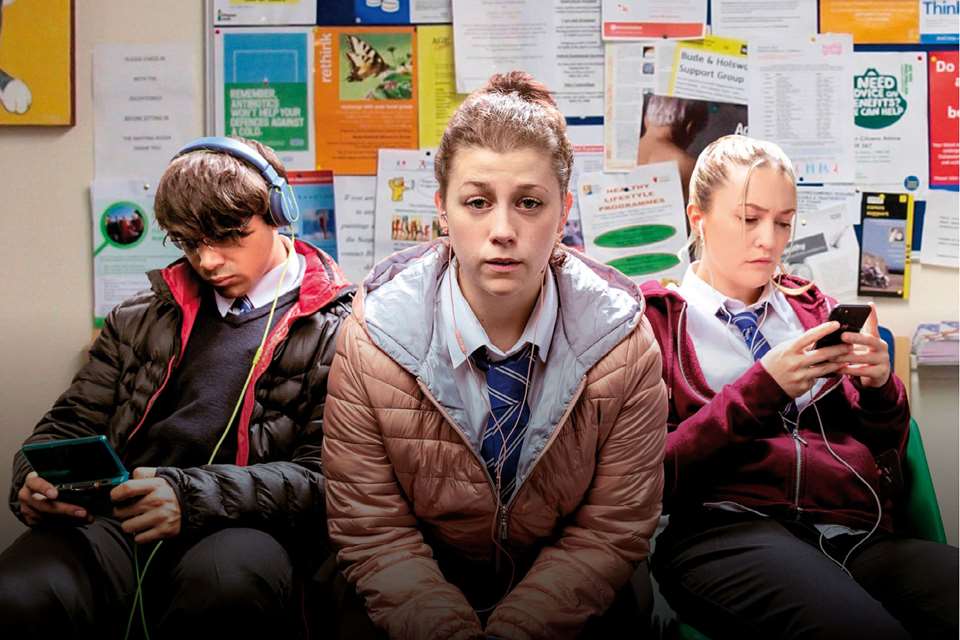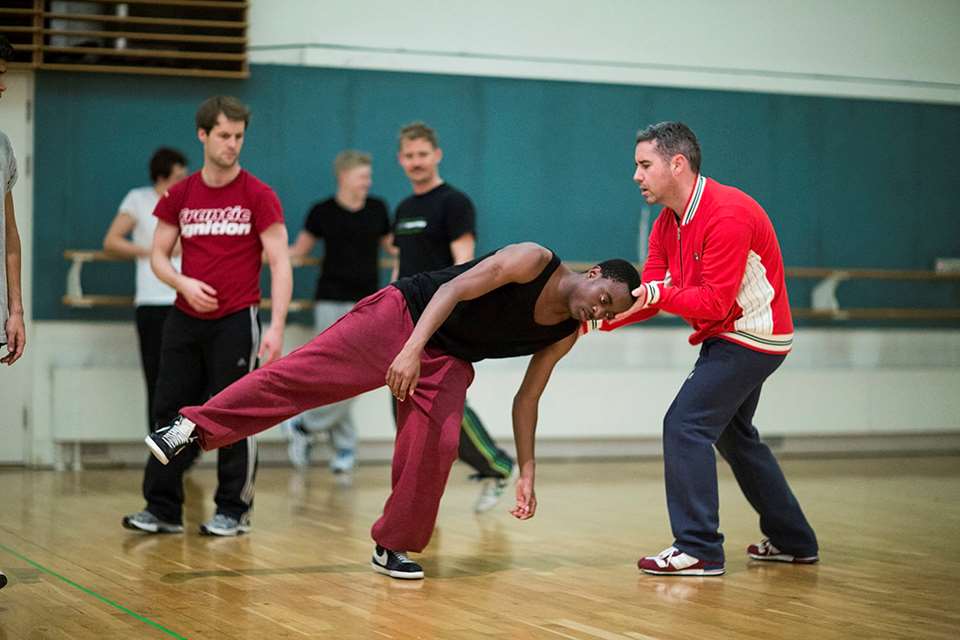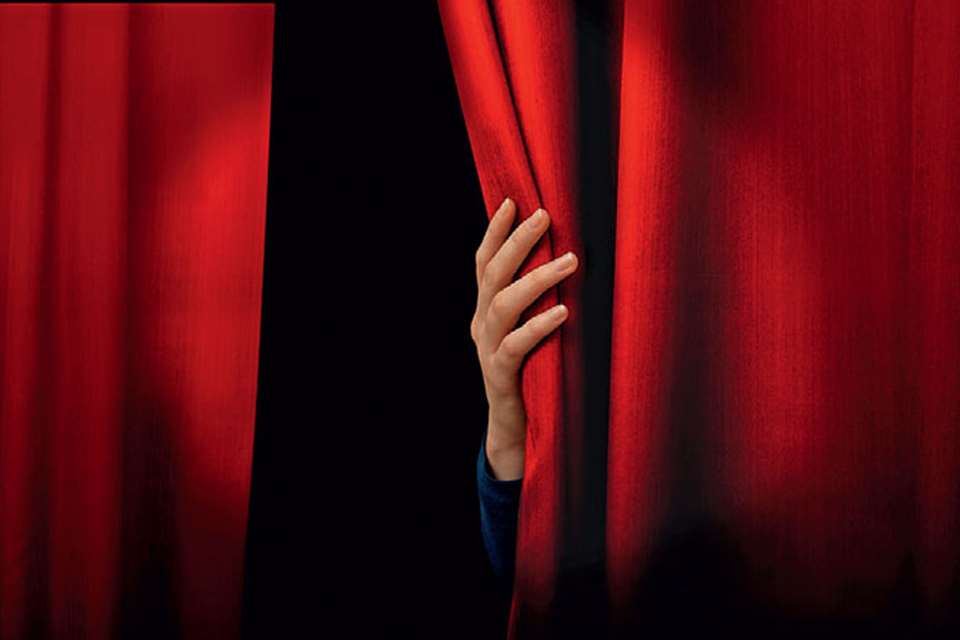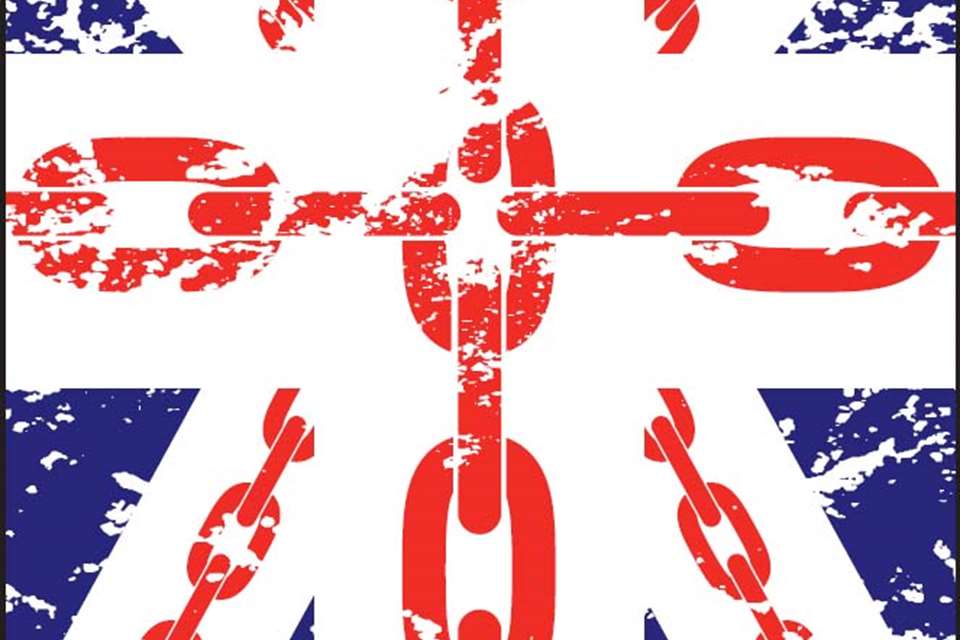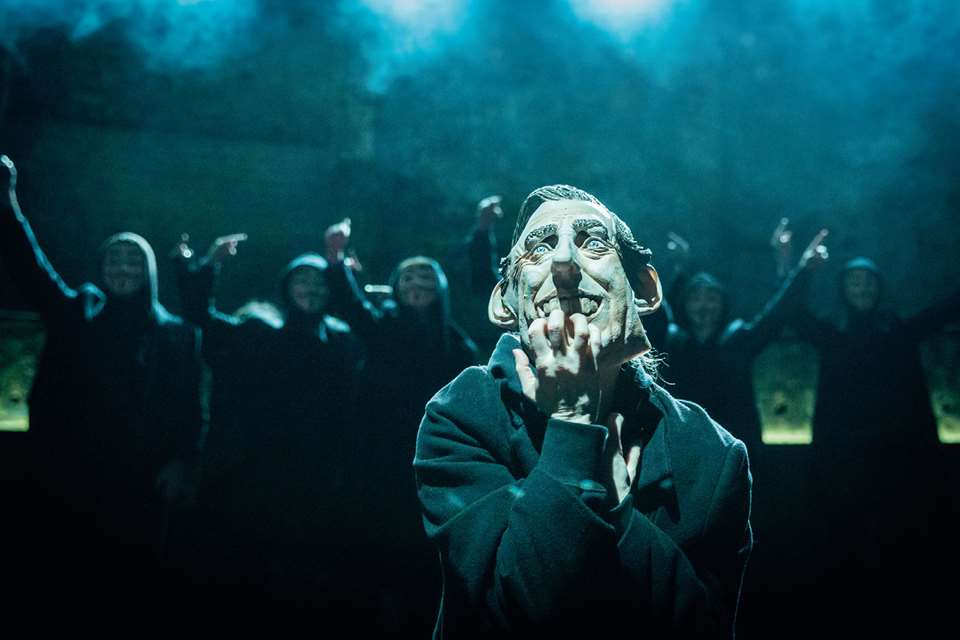Practitioner focus: Theatre-Rites
Theatre-Rites
Wednesday, December 1, 2021
The Guardian has described Theatre-Rites as ‘a company making shows for children that is right at the forefront of contemporary British theatre practice.’
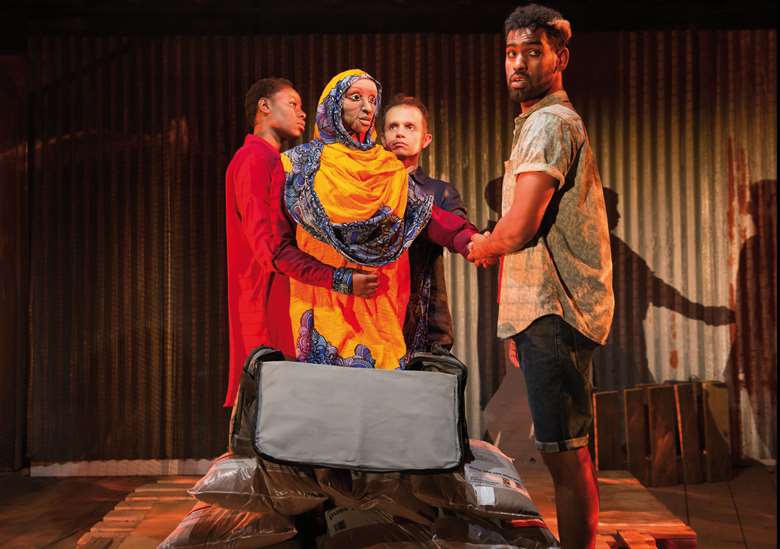
JONATHAN KEENAN
Register now to continue reading
Register to the Drama & Theatre website today and gain access to all the latest news and developments from the world of drama education. By registering you will receive:
- Free access to 4 subscriber-only articles per month
- Unlimited access to news and opinion on our website


